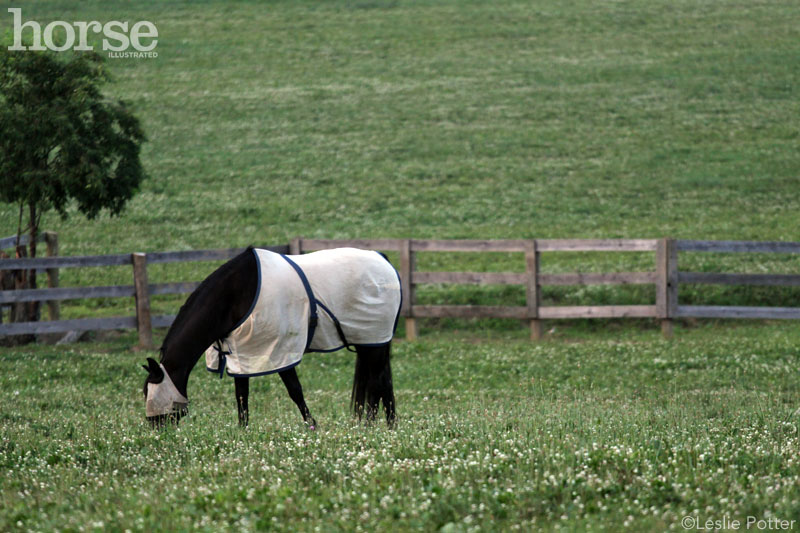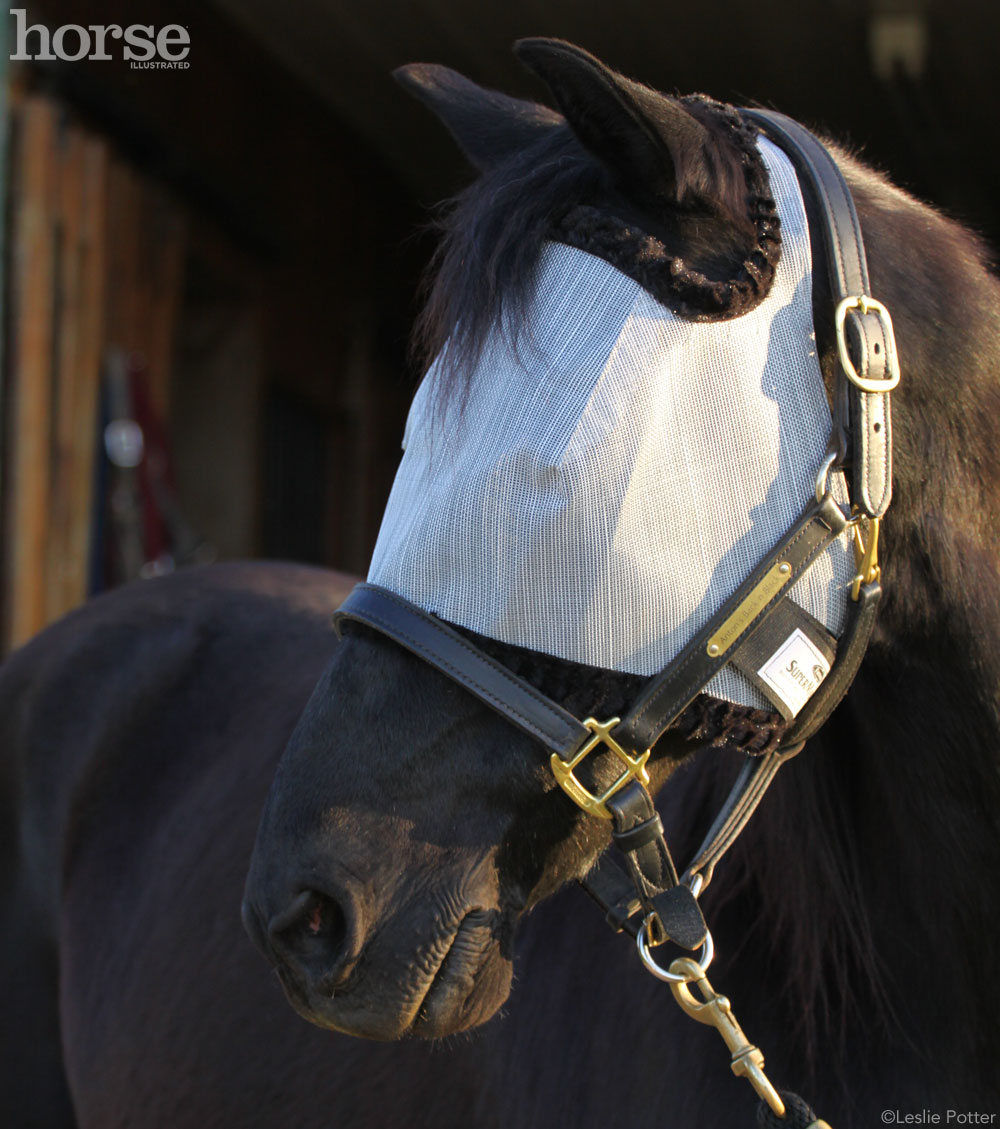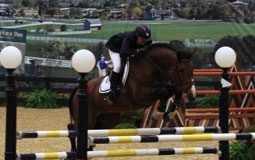
Some years are worse than others as far the insect population goes. In my area, mosquitoes are often at their worst in mid-spring, although their population varies greatly from year to year. My horses usually aren’t too bothered by mosquitoes unless they are really bad. It’s those pesky small “face flies” that come later in the year that bother them the most, trying to land on their faces, eyes, legs, and bodies. These kinds of flies can be very annoying to equines, even inside a stall or shelter. Summer can also bring along biting horse and deer flies, adding to the problem.
Watch Your Horse’s Behavior
Some horses are far more bothered and annoyed by flies than others, so always keep an eye on your horses throughout the day, especially when bugs are really bad. Occasional normal tail swishing is par for the course, along with the occasional stomp or scratch. However, if you notice your horse is swishing his tail very frequently and vigorously, or if the stomping and scratching become more intense, it’s possible that your horse is becoming overly bothered by the flies (always pay attention to your horse’s behavior, as these can also be signs of health problems like colic). Some horses might even stomp so much that they begin to chip pieces off their front hooves or damage their shoes, and some horses who are very annoyed might try running to get away from the flies.
On the other hand, some horses seem to tolerate a moderate amount of bugs—they just keep on grazing and ignore. But these horses can still be susceptible to insect-borne diseases.

Try a Fly Sheet or Mask
For horses that are bothered by the bugs, or for horse owners who would like to take preventive measures against the flies, a fly sheet or fly mask can help minimize problems. For horses that seem to suffer from “flies in the eyes” (some horses have more trouble with this than others), a fly mask is a simple way to prevent the runny eyes and basic annoyances that come from this problem. Some masks cover the ears as well, providing relief from the gnats that always seem to bite those areas. For full body protection, a fly sheet can work wonders, covering a horse in a lightweight material from shoulders to hindquarters. Some sheets also cover the neck. In addition to insect protection, some fly masks and sheets also offer UV protection, which can be helpful to some lighter-colored horses who suffer from sunburns in the summer.
Whether you choose a fly sheet or a fly mask (or both), be sure the items fit your horse correctly. Fly masks shouldn’t be too tight or your horse might scratch his eyes on the material or irritate his skin. It’s also important that fly masks be kept very clean at all times, and that horse owners check regularly to make sure the mask isn’t causing any problems. Proper fitting is also essential for fly sheets, which (like blankets) have belly and leg straps shouldn’t be too loose or too tight. Measuring your horse properly before buying a fly sheet is an important step.
Daniel Johnson is a freelance writer and professional photographer.
He’s the author of several books, including How to Raise Horses:
Everything You Need to Know, (Voyageur Press, 2014). Visit Dan on Facebook: www.facebook.com/foxhillphoto.





